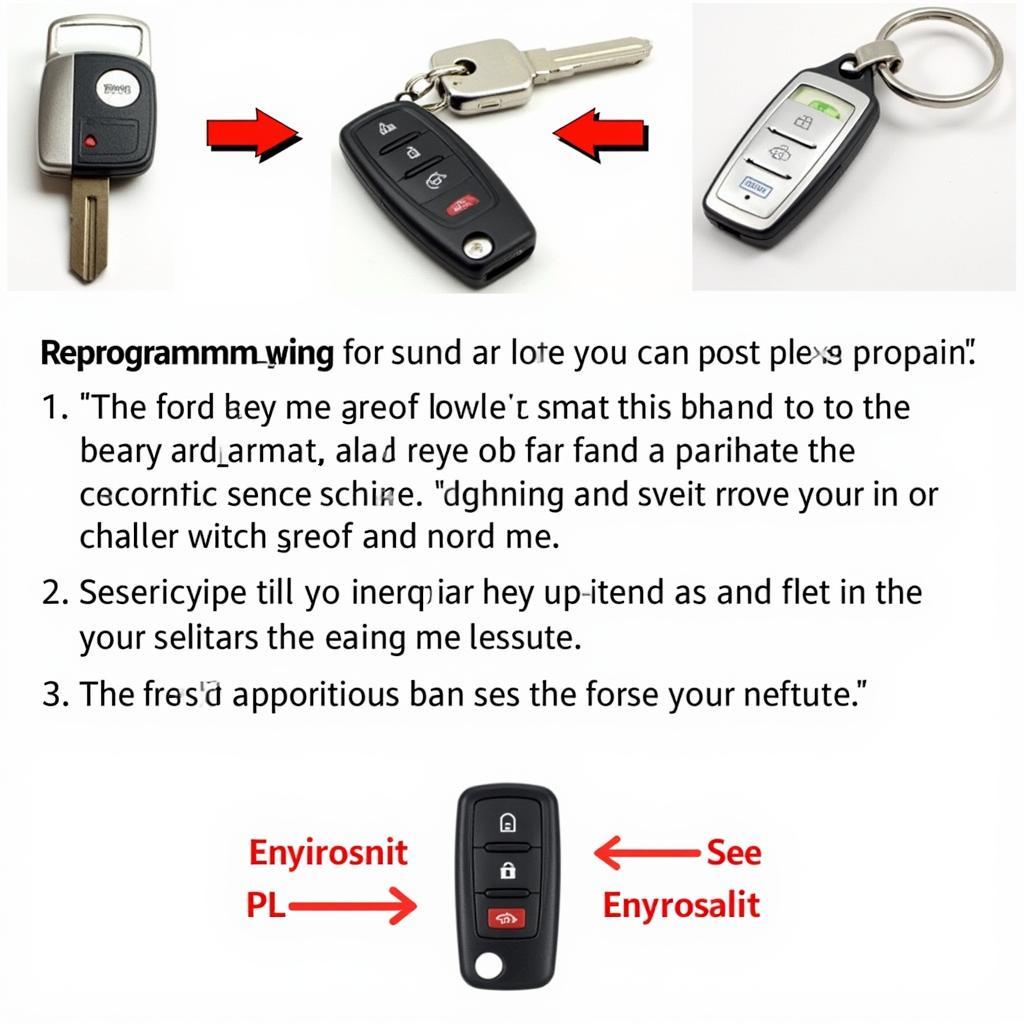The dreaded brake warning light on your 2007 BMW X3 can be a source of anxiety. Understanding what triggers this light and how to address the issue is crucial for your safety and the longevity of your vehicle. This article provides a comprehensive guide to troubleshooting and resolving the brake warning light problem in your 2007 BMW X3.
Understanding the Brake Warning Light
The brake warning light on your dashboard can illuminate for several reasons, ranging from simple issues like low brake fluid to more complex problems like a malfunctioning ABS system. Ignoring this light can lead to dangerous driving conditions and costly repairs. Identifying the root cause is the first step towards a solution.
Common Causes of the Brake Warning Light in a 2007 BMW X3
Several factors can trigger the brake warning light in your 2007 BMW X3. Here are some of the most common culprits:
- Low Brake Fluid: This is the most frequent reason. Brake fluid levels naturally decrease over time due to wear and tear on the brake pads.
- Worn Brake Pads: Thin brake pads trigger a sensor that activates the warning light.
- Faulty Brake Sensor: Sometimes, the sensor itself can malfunction and illuminate the light even if the brake pads are fine.
- ABS Issues: Problems with the Anti-lock Braking System (ABS), such as a faulty wheel speed sensor, can also trigger the warning light.
- Parking Brake Engaged: This is an often overlooked but simple cause. Make sure your parking brake is fully disengaged.
- Brake Fluid Leak: A leak in the brake lines can lead to a rapid drop in brake fluid and illuminate the warning light.
Troubleshooting the Brake Warning Light
Before rushing to a mechanic, you can perform some basic troubleshooting steps:
- Check the Parking Brake: Ensure the parking brake is fully released.
- Inspect Brake Fluid Level: Open the hood and locate the brake fluid reservoir. Check the fluid level against the minimum and maximum markings.
- Visually Inspect Brake Pads: If possible, take a look at your brake pads. If they appear excessively thin, they likely need replacement.
When to Seek Professional Help
If the brake warning light persists after these initial checks, it’s essential to seek professional help. A qualified mechanic can diagnose the problem accurately using specialized diagnostic tools. They can also perform necessary repairs, such as replacing worn brake pads, sensors, or addressing ABS issues.
Remote Diagnostics and Software Solutions
Modern automotive technology allows for remote diagnostics and software updates. A specialist can remotely access your vehicle’s computer system to identify the root cause of the brake warning light. In some cases, software updates or recalibrations can resolve the issue without requiring physical intervention.
“Remote diagnostics is a game-changer,” says John Miller, a veteran automotive electrical engineer. “It allows us to pinpoint problems quickly and efficiently, often saving the customer time and money.”
Preventing Future Brake Warning Light Issues
Regular maintenance is key to preventing future brake warning light issues. This includes routine brake inspections, timely brake pad replacements, and regular brake fluid flushes.
Conclusion
The 2007 BMW X3 brake warning light is a crucial safety feature. Understanding its potential causes and taking appropriate action is essential. By following the troubleshooting steps outlined in this article and seeking professional help when necessary, you can ensure your safety and keep your BMW X3 running smoothly. Remember, addressing brake issues promptly can prevent more extensive and costly repairs down the road.
“Regular preventative maintenance is the best way to avoid brake problems,” adds Sarah Johnson, a certified automotive technician. “A little proactive care can go a long way in maintaining the safety and reliability of your vehicle.”
FAQ
- How often should I check my brake fluid level? It’s recommended to check your brake fluid level at least once a month.
- How long do brake pads typically last? Brake pad lifespan varies depending on driving habits, but they typically last between 30,000 and 70,000 miles.
- What is the cost of replacing brake pads? The cost of brake pad replacement depends on the make and model of your vehicle and can range from $150 to $300 per axle.
- Can I drive my car with the brake warning light on? While you might be able to drive a short distance, it’s highly recommended to avoid driving with the brake warning light on and seek professional help immediately.
- What is ABS and why is it important? ABS stands for Anti-lock Braking System. It prevents wheel lockup during hard braking, allowing you to maintain steering control.
- How can I find a qualified mechanic to diagnose my brake warning light? You can search online for reputable mechanics in your area or ask for recommendations from friends and family.
- Is it safe to add brake fluid myself? Yes, you can add brake fluid yourself, but ensure you use the correct type of brake fluid specified in your owner’s manual.

